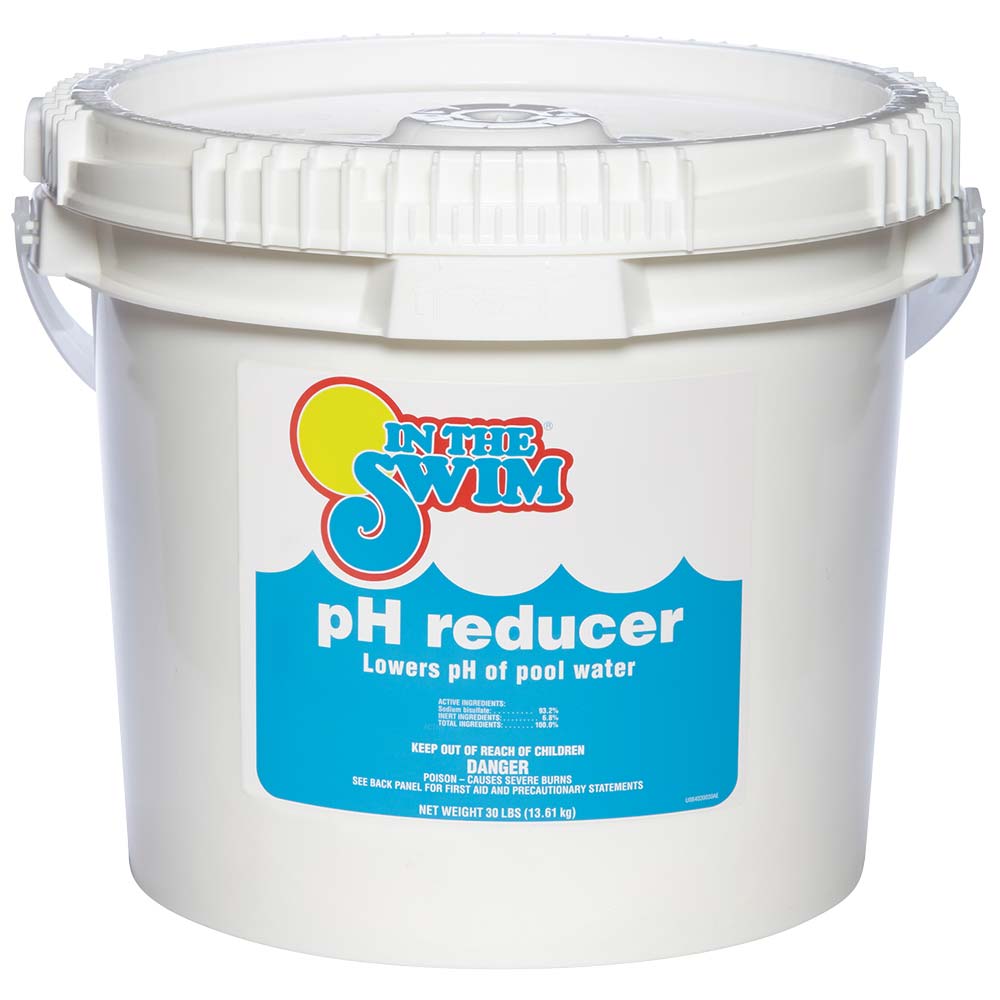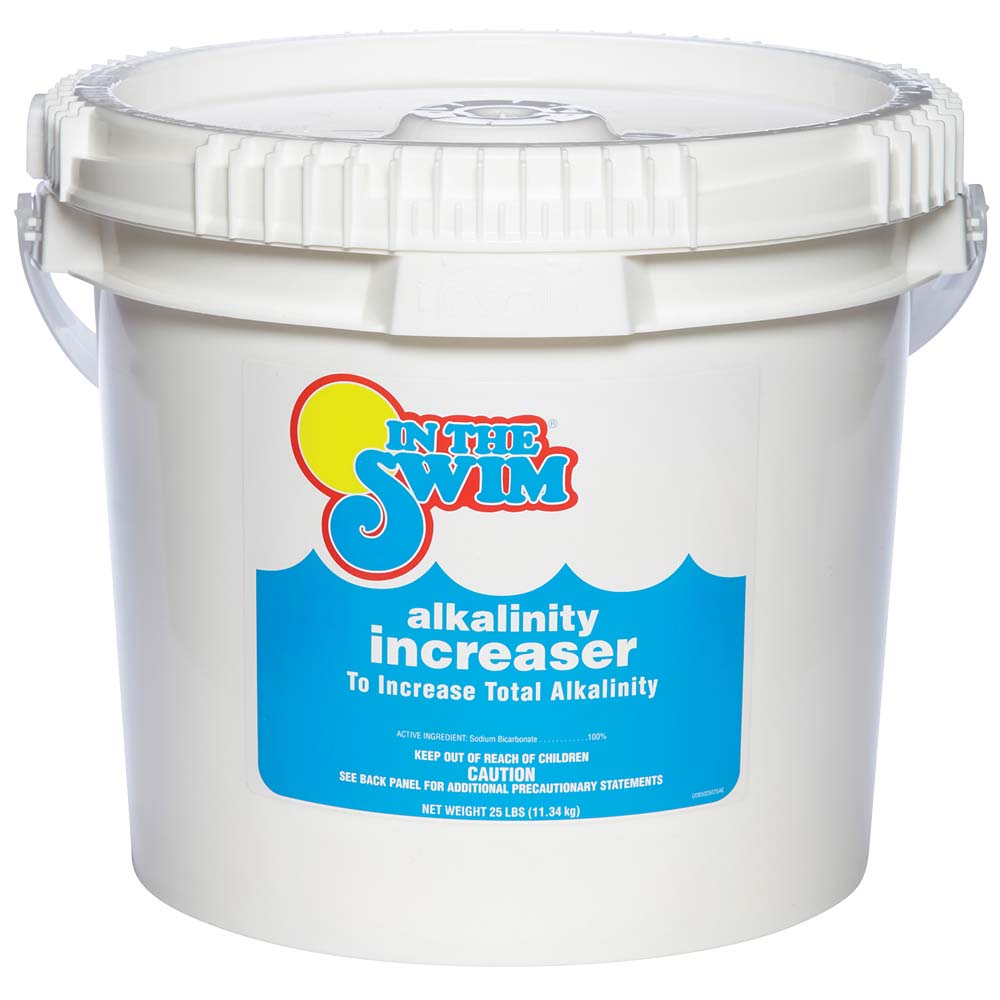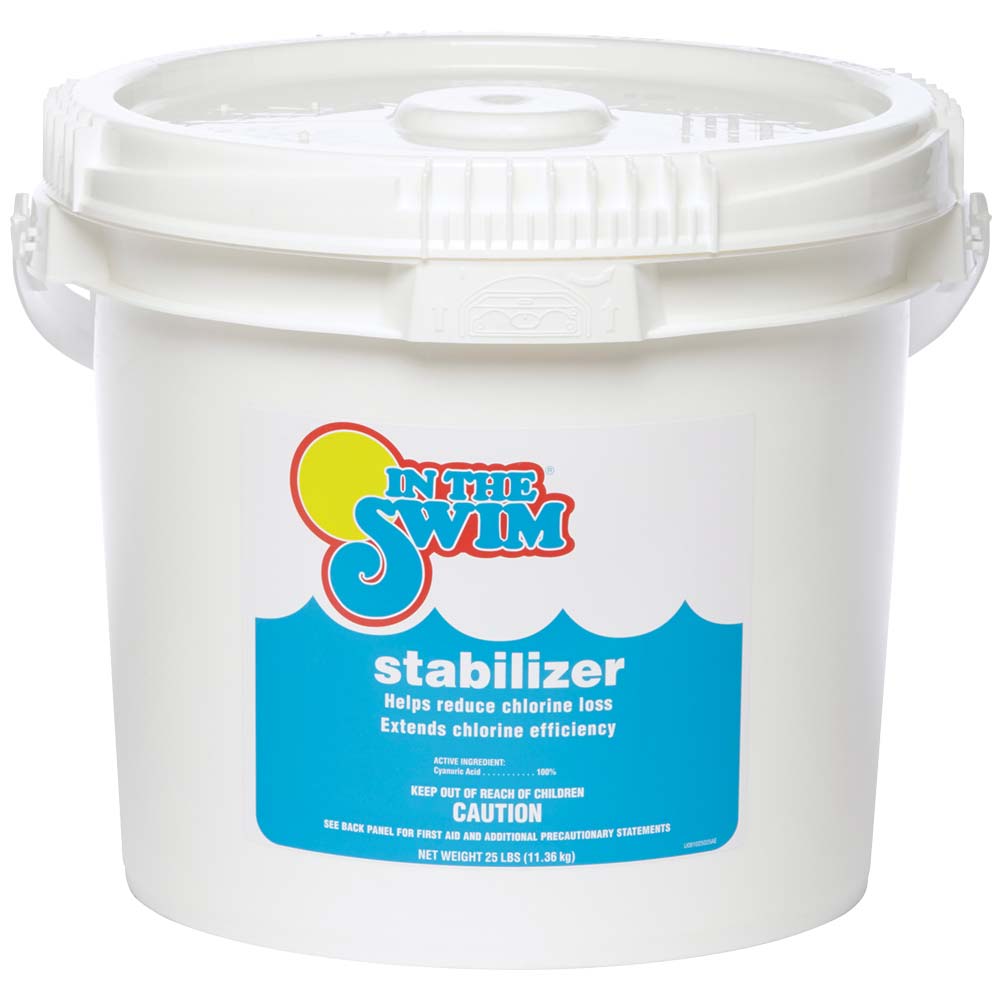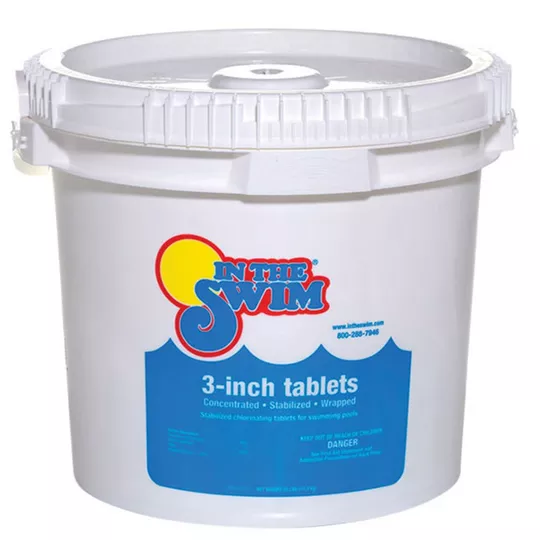FREE Standard Shipping On All Orders $100 or More!*
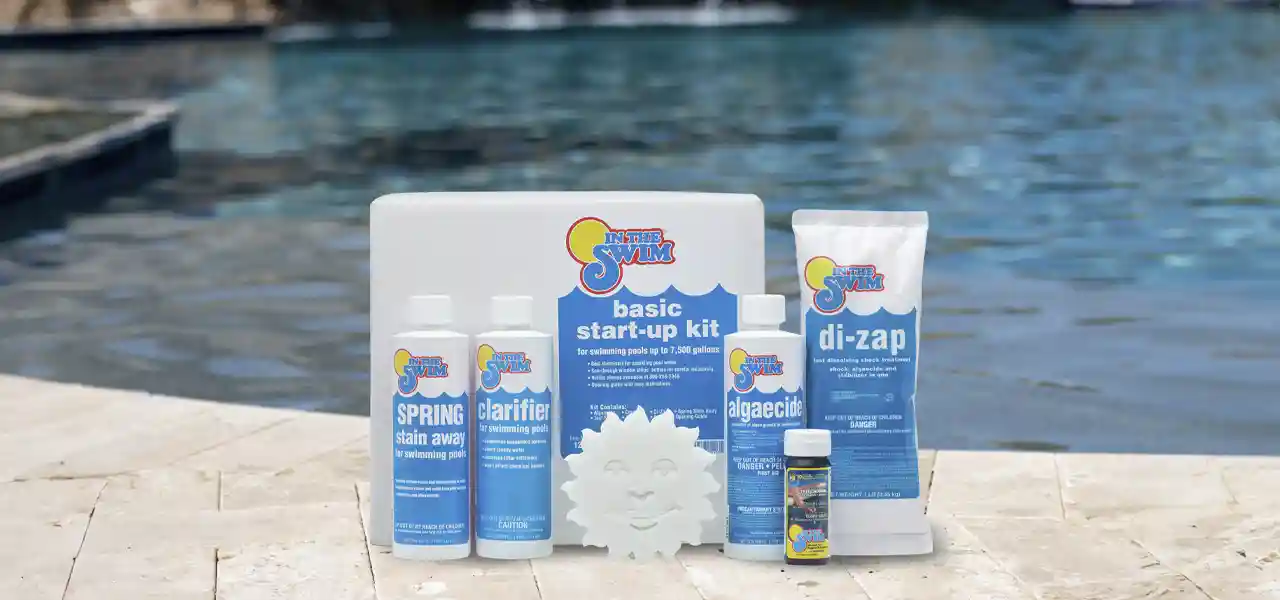
Pool Opening Instructions: Chemicals
Testing and balancing your pool water chemistry can sometimes seem overwhelming. With so many different chemicals and steps, there is a lot of information to manage. That's why we put together this helpful guide for pool opening chemicals!
Testing Your Pool Water
Test Kit Type: It doesn't matter if you use test strips or test kits, but it should be a 5-way test kit, so you can check chlorine, pH, Total Alkalinity, Calcium Hardness, and stabilizer. Smaller kits won't check all five levels, and you'll never achieve true water balance.
Shelf Life: Always test your pool water with fresh test strips or test kit. The strips usually have a date code on the bottom of the bottle, and generally last about 3 years from the manufacturing date. Test kit reagents should be replaced if frozen during winter, exposed to sunlight, or older than two seasons.
Accuracy: Test your pool water with precision, to get the most accurate reading you can. If unsure of the reading, read instructions and test again. Other ways to improve accuracy include clean testing vials, holding reagent bottles vertical while adding drops, and taking water samples from a depth of 12", to avoid testing surface water.
Test Log: A small testing log, kept in a tiny note pad, can be surprisingly useful and enlightening, and prevents forgetting the adjustments made in prior days. Write down the readings, and amounts added. You can also use a pool testing app on your tablet or smartphone, for test history and treatment guides.
Balancing Pool Water
After testing your pool water, it's time to balance the pool opening chemicals. Proper water chemistry balance is key to ensuring healthy, clean water. And getting the chemicals balanced at the start will save you a big headache down the road.
pH
Your pool water pH level is one of the most important components of water balance. Proper pH doubles your chlorine potency, is more comfortable for swimmers, and reduces the chance of algae and stains forming. When balancing pool opening chemicals, and whenever you shock the pool, adjust the pH to the low side; in the range of 7.2–7.4, otherwise aim for a normal pH of 7.5. When pH creeps above 7.6, add an acid to lower the pH level, and when pH is lower than 7.2, add a base to increase the pH level.
Total Alkalinity
The Total Alkalinity (TA) level of your pool water helps keep your pH stable and resistant to change, acting as a pH buffer. When TA is below 80 parts per million (ppm), the pH can fluctuate wildly, or become erratic and become hard to stabilize. Raise pool TA levels with Alkalinity Increaser. Conversely, if your TA reading is above 120 ppm, it becomes hard to adjust pH, locking in your pH at an incorrect high or low level. Lower pool TA levels using our safe Instant Liquid Acid, or granular pH Reducer.
Calcium Hardness
If your water doesn't have enough Calcium Hardness, it can become aggressive and pull it out of pool plaster or tile grout. Soft water, with low Calcium Hardness, also tends to become foamy and cloudy, and can harm soft and shiny surfaces, like pool liners. Add a dose of Calcium Increaser to raise the hardness level to 200 ppm. If your Calcium Hardness level is too high, over 400 ppm, you can lower the hardness level (soften the water) by dilution (adding softer water).
Stabilizer
Stabilizer, also called conditioner, is one of the most important pool opening chemicals. A stabilizer chemical uses Cyanuric Acid to protect the chlorine from the sun. It doesn't have much to do with water balance, but not having at least 30 ppm in the water will let the summer sun burn off your chlorine faster than you can add it to the pool! Add stabilizer as needed, to keep a 30–50 ppm level. If your level creeps up in the 50–100 ppm range, the solution is dilution — you can lower cyanuric acid levels by draining and refilling a portion of the pool.
Sanitizer
From the moment you open the pool, until you close it back down, you need to keep a constant level of chlorine in the pool. The final component of water balance is your sanitizer, or chlorine level. After balancing the water, shock the pool with granular chlorine, and then allow the chlorine level to drop to 1.0–2.0 ppm. Then, maintain the ideal chlorine level of 2–4 ppm with 3" chlorine tablets, placed in a floater or feeder.
Tips on Pool Water Clarity
If your pool is still cloudy, after weeks of running the pump 24/7 with perfect water balance, you may have a problem with your pool equipment. Run through the equipment checklist below to rule out any issues.
Equipment
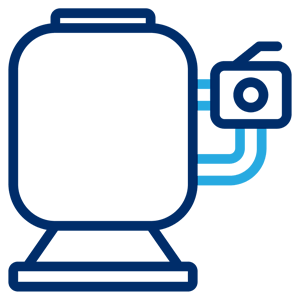
- If your pool has no main drain, hook up a vac head/hose into the skimmer, to improve circulation and draw water from deeper parts of the pool.
- Check the pool pump, to be sure the strainer basket or impeller isn't clogged with any little bits, and is pumping a full volume of water.
- Cloudy water can be a sign of a filter valve problem, with water bypassing the filter. DE filters can pass DE powder through torn grids or cracked manifolds. Cartridge filters can be damaged, and like filter sand, will wear out eventually.
- If your filter pressure is not rising, your filter may not trap dirt. Ensure the pressure gauge works, and use a filter cleaner to clear out the filter.
Chemistry
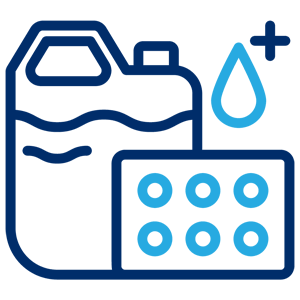
- If your pool still has a lovely green hue, you may need to shock again. Follow label instructions, but hit it hard, until the water turns blue.
- Flocculant can be used if you are able to vacuum to waste with a multiport valve. Follow the instructions, and pour in the pool floc. Shut off the pump, and in 12–24 hours, suspended particles sink to the bottom, and the water is crystal clear.
- Clarifiers are an excellent filter aid. They attract very small bits of debris into larger clusters that are big enough for the filter to remove.
- Keep the water balanced, check it daily with a reliable test kit or strip, and make adjustments as needed.
Other
- Keep your pool clean while trying to clear it. Vacuum, skim and brush as often as you can to keep springtime out of your pool.
- Direct the return eyeball fittings in the same direction, to make a circular water flow around the pool.
- Check that your skimmer weir is installed and working properly.
Wishing you an easy spring pool opening!
